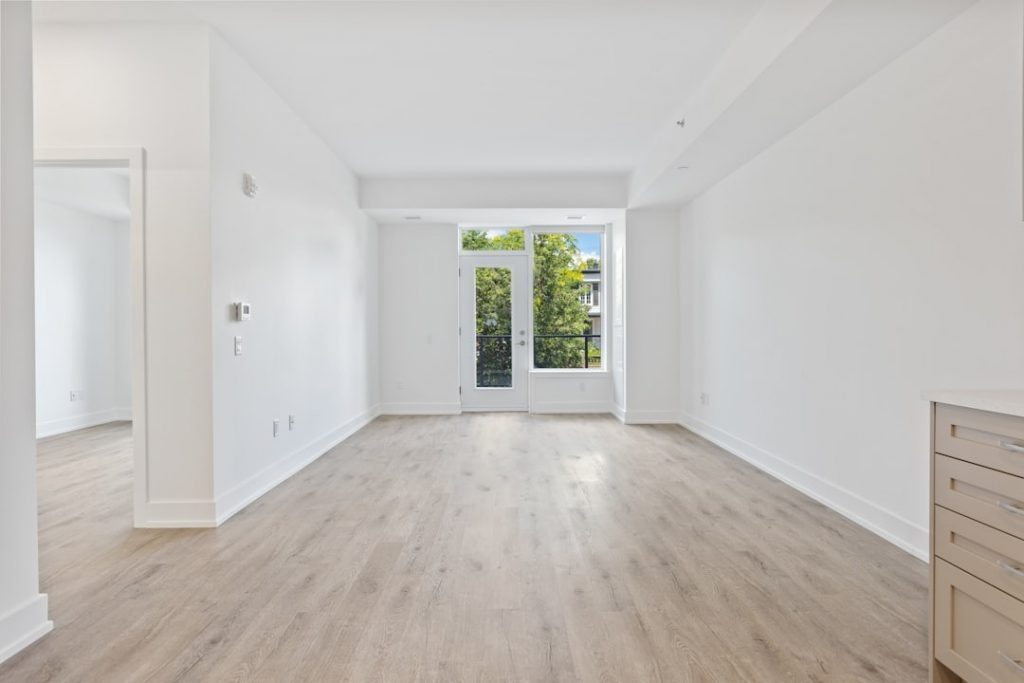
Should You Furnish Your Rental? Pros & Cons for Landlords
Furnished or Unfurnished? A Common Landlord Dilemma
Whether you’re leasing a short-term unit or a long-term rental, one key decision every landlord faces is whether or not to furnish the property. While furnished rentals can offer higher income potential, they also come with added costs and responsibilities.
Here’s what you need to know to make the right choice for your rental strategy.
✅ Pros of Furnishing a Rental

Higher Rental Income
Furnished units typically command higher monthly rent, especially in desirable or high-demand areas. Tenants often pay more for the convenience of move-in-ready living.
Appeals to Short-Term and Executive Tenants
Business travelers, contract workers, and tenants in transition prefer fully furnished spaces, especially for 3–12 month leases.
Tax Advantages
Furniture, appliances, and décor may be depreciated as part of your business expenses, helping reduce your taxable income.
Increased Visibility and Appeal
A stylish, well-furnished unit can stand out online, attract more views, and photograph better in listings—especially in competitive rental markets.
❌ Cons of Furnishing a Rental

Higher Upfront and Replacement Costs
Furnishing a unit requires initial investment in beds, couches, dining sets, linens, and more. Plus, wear and tear means more frequent replacements.
Narrower Tenant Pool
Many long-term tenants—especially families—already own furniture and may avoid furnished listings. This can limit demand in some areas.
More Management and Liability
You’ll need to track inventory, document condition at move-in/out, and handle damage disputes. There’s also increased liability for broken or unsafe furnishings.
More Frequent Turnover
Furnished rentals often attract short-term leases, meaning more frequent vacancy periods and added administrative work for you or your manager.
When Furnishing Makes Sense
Furnishing is usually a smart move if:
- Your property is in an urban or business-heavy area
- You’re targeting corporate tenants or relocating professionals
- You’re operating a short-term or mid-term rental
- You have experience managing furnished units or a reliable property manager
If you’re in a highly transient market or close to hospitals, universities, or transit hubs, a furnished rental can give you a competitive edge.
When You May Want to Keep It Unfurnished
Unfurnished rentals are generally better suited for:
- Long-term leases (12+ months)
- Single-family homes or suburban areas
- Families or established tenants with existing furniture
- Landlords who prefer fewer turnovers and less hands-on management
Choosing not to furnish can simplify operations and reduce your upfront investment—making it easier to scale your portfolio.
Final Thoughts
Furnishing your rental property has clear benefits—but it’s not the right fit for every landlord. Weigh your goals, location, and tenant type before making the decision. In some cases, a partially furnished unit (with just appliances or key furniture pieces) can offer the best of both worlds.
Need help deciding based on your market or property type?
📱 Schedule a Free Rental Strategy Call
